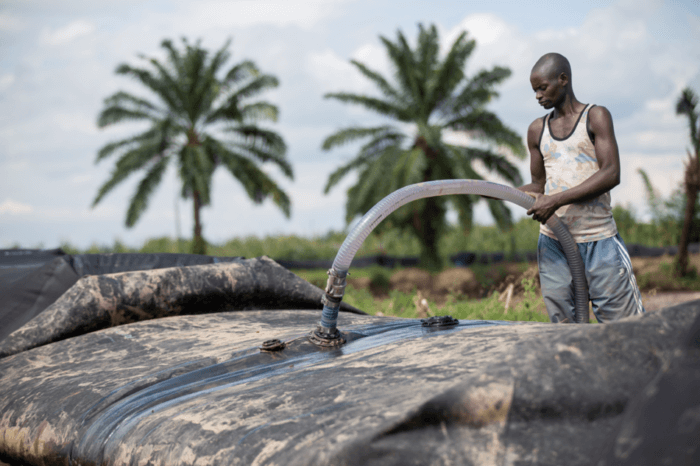SLAMDAM Burundi
- Client
- CTCN
- Partners
- Zephyr Consulting
- Year
- 2022
- Location
- Mpanda community Burundi
To combat droughts and floods in the vulnerable Mpanda Community in Bubanza (Burundi) the CTCN initiated a pilot project on flood protection. This is part of the United Nations Framework Convention on Climate Change. The purpose of the project was to select and implement a low-cost, re-usable, scalable, and mobile flood barrier to prevent damage from flooding and ensure water availability in times of drought. The responsibility of Nelen & Schuurmans was to provide a hydrological analysis to determine the optimal location of the mobile barrier. The project was implemented in close collaboration with Zephyr consulting, local hydrologists, local communities, and other stakeholders.

© Reuters (2022)
The challenge
The effects of climate change across Burundi have become more apparent over the last two decades, showing an increase in natural disasters. There is a direct linkage between climate change effects on floods and droughts and food security and water availability. Nationwide, Burundi experiences severe droughts, resulting in crop failure and a 35% livestock mortality between 1998 and 2005. Additionally, Burundi experiences severe floods with similar effects, especially in 2006-2007. These disasters have been estimated to result in a loss of 5-17% GDP per event.
Specifically, for the Mpanda community in the Bubanza province in Burundi, the climate-induced flooding and drought lead to significant damage to the production of food crops. The purpose of this project was to mitigate the flood and drought challenges in the Mpanda community. Therefore, a consortium of Nelen & Schuurmans, Zephyr consulting, local hydrologist, and local communities selected and implemented a low-cost, scalable, and re-usable mobile flood barrier to prevent damage from flooding and ensure water availability in times of drought.
Our solution

The assignment of Nelen & Schuurmans within the project was to determine the best suitable location for the mobile barrier (SLAMDAM). Therefore, we performed a flood and drought risk assessment in collaboration with local hydrologists. After extensive desk research, the local hydrologists went on fieldwork to provide us with the required information and complimentary data. Based on their work and experience, we ran hydrodynamic simulations in 3Di to examine the functioning of the water system.
The collaboration with local hydrologists was very important in achieving the correct information and data, but also for the model validation. During an interactive session, we validated the results with the experience in the field and proposed possible locations for SLAMDAM. With the model we simulated the expected results of the deployment of the SLAMDAM after which we selected a location together.
The outcome
The result of the overall project is an implemented mobile flood barrier in the Mpanda community to prevent damage from flooding and ensure water availability in times of drought. Also, a flood response team is in place to decide when the barrier is being deployed. As Nelen & Schuurmans we are very happy with the results. We are proud of the close collaboration between Nelen & Schuurmans, Zephyr consulting, local communities, and local hydrologists.
All cases